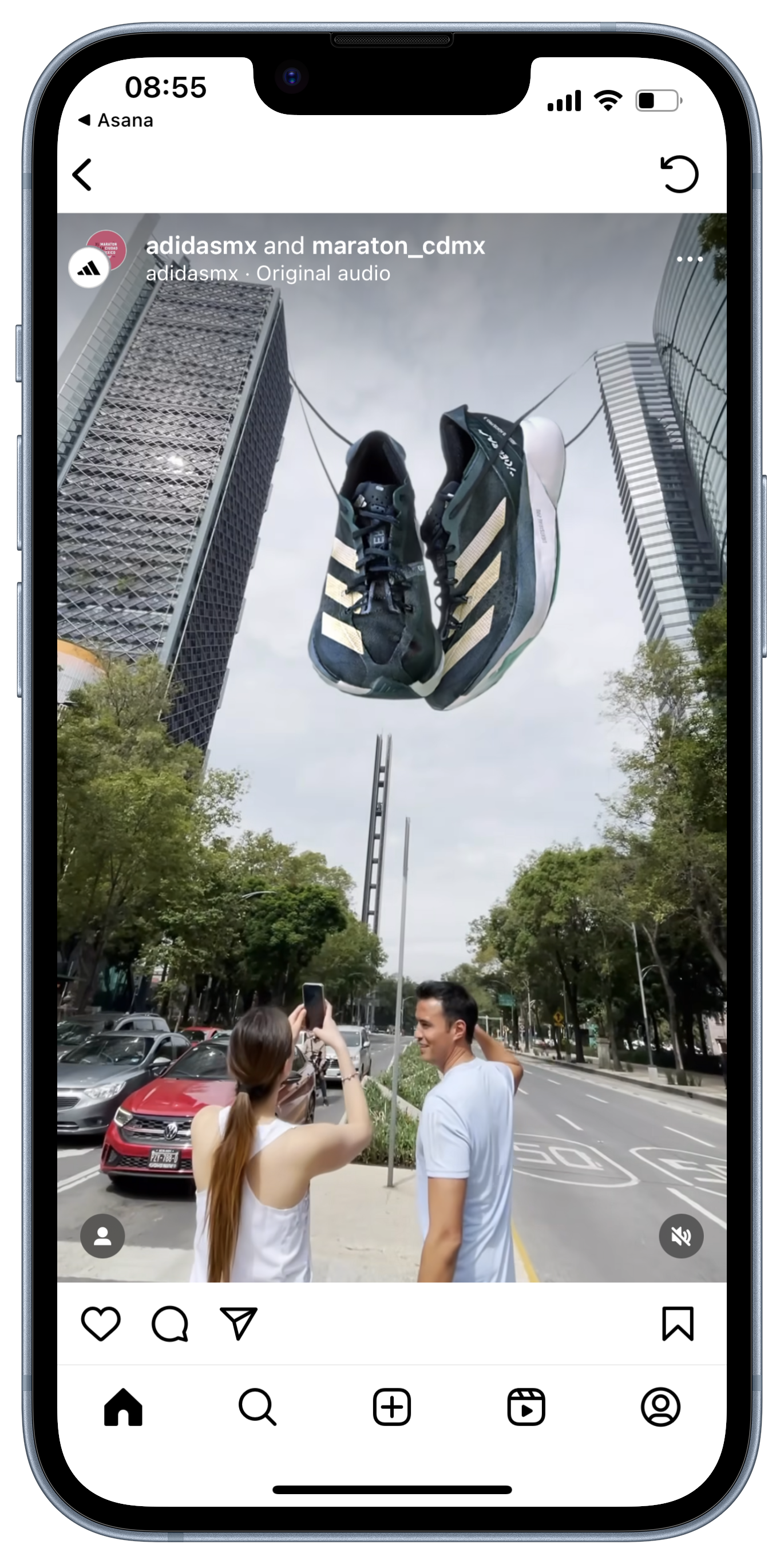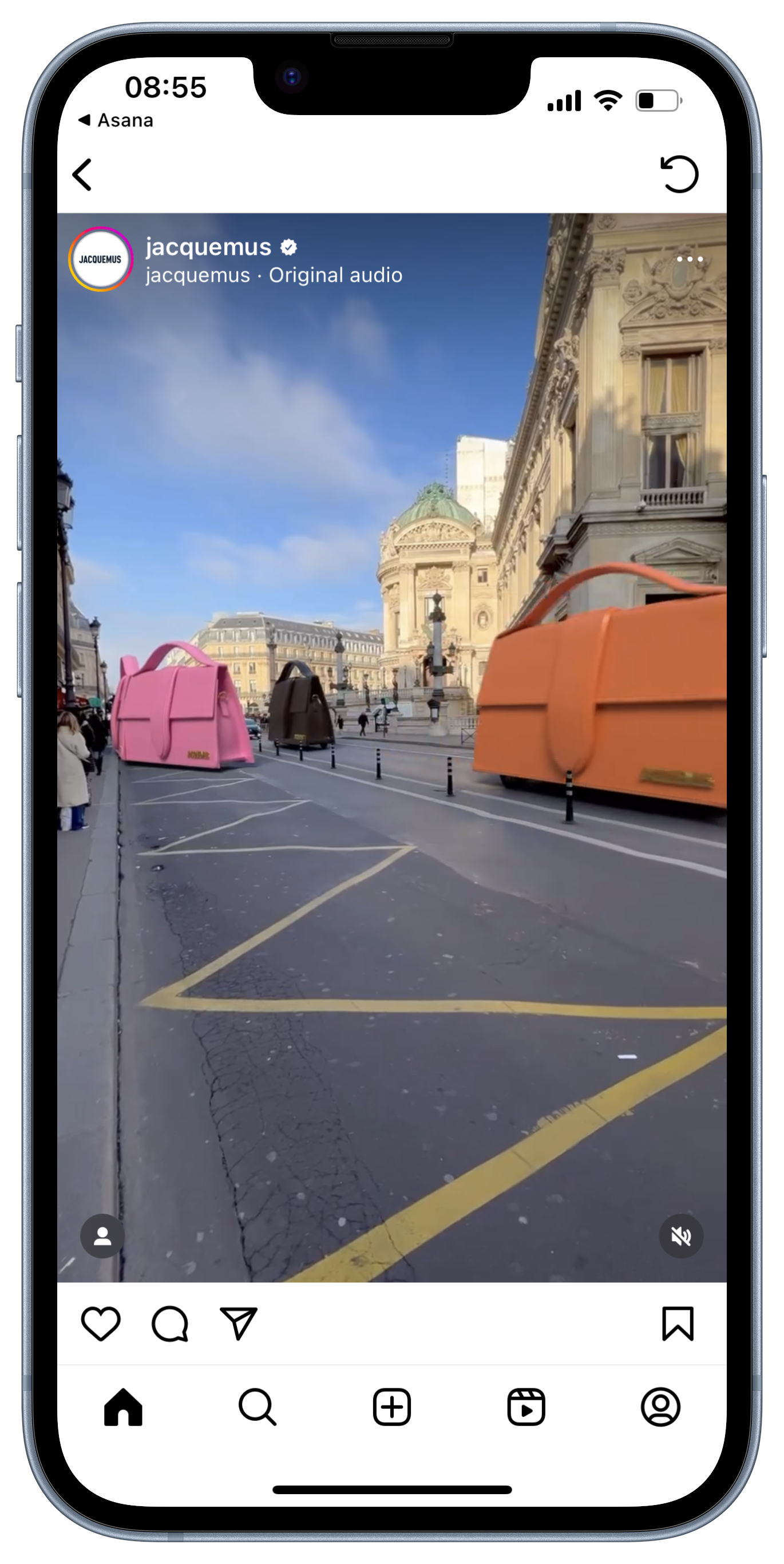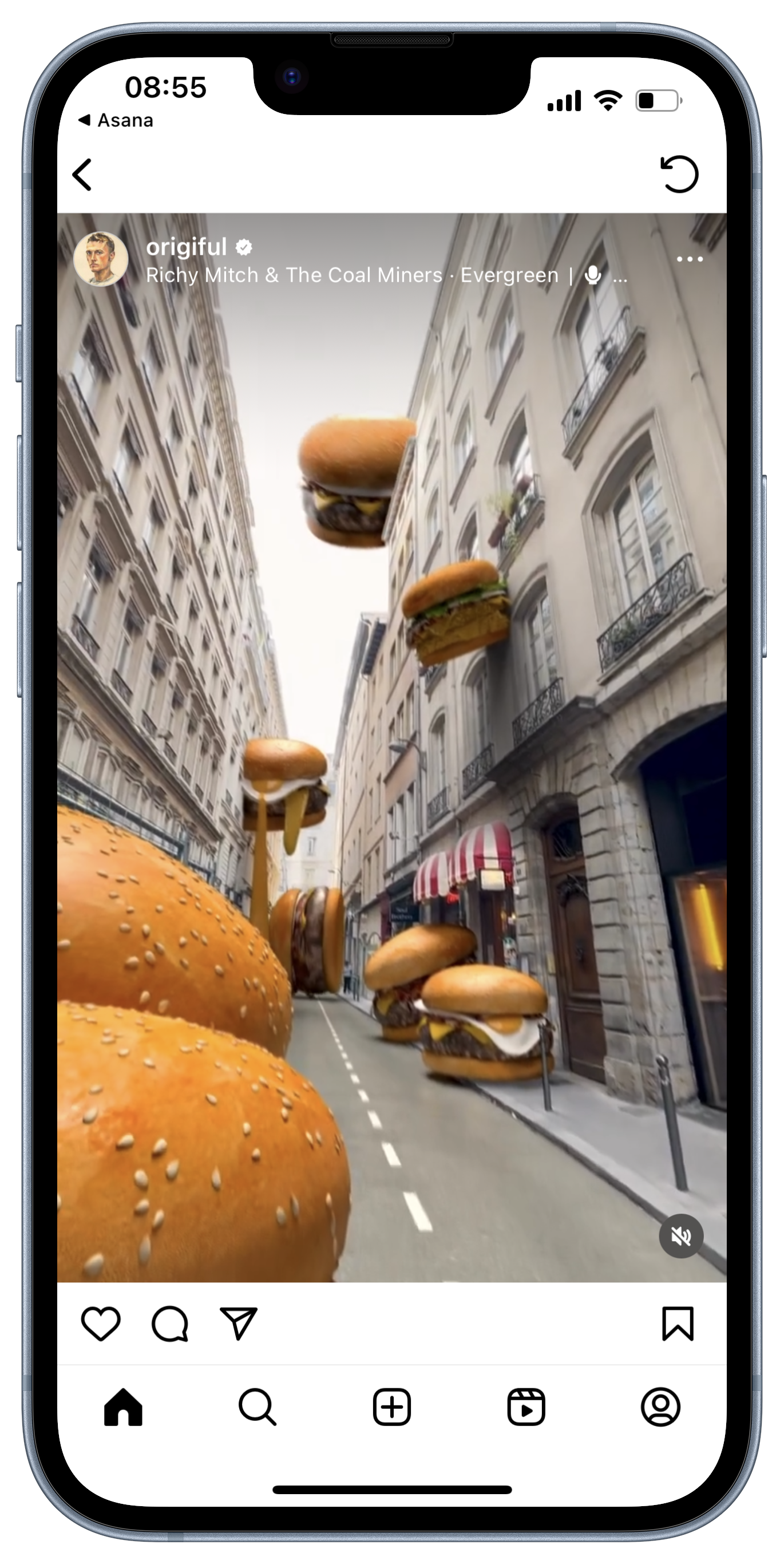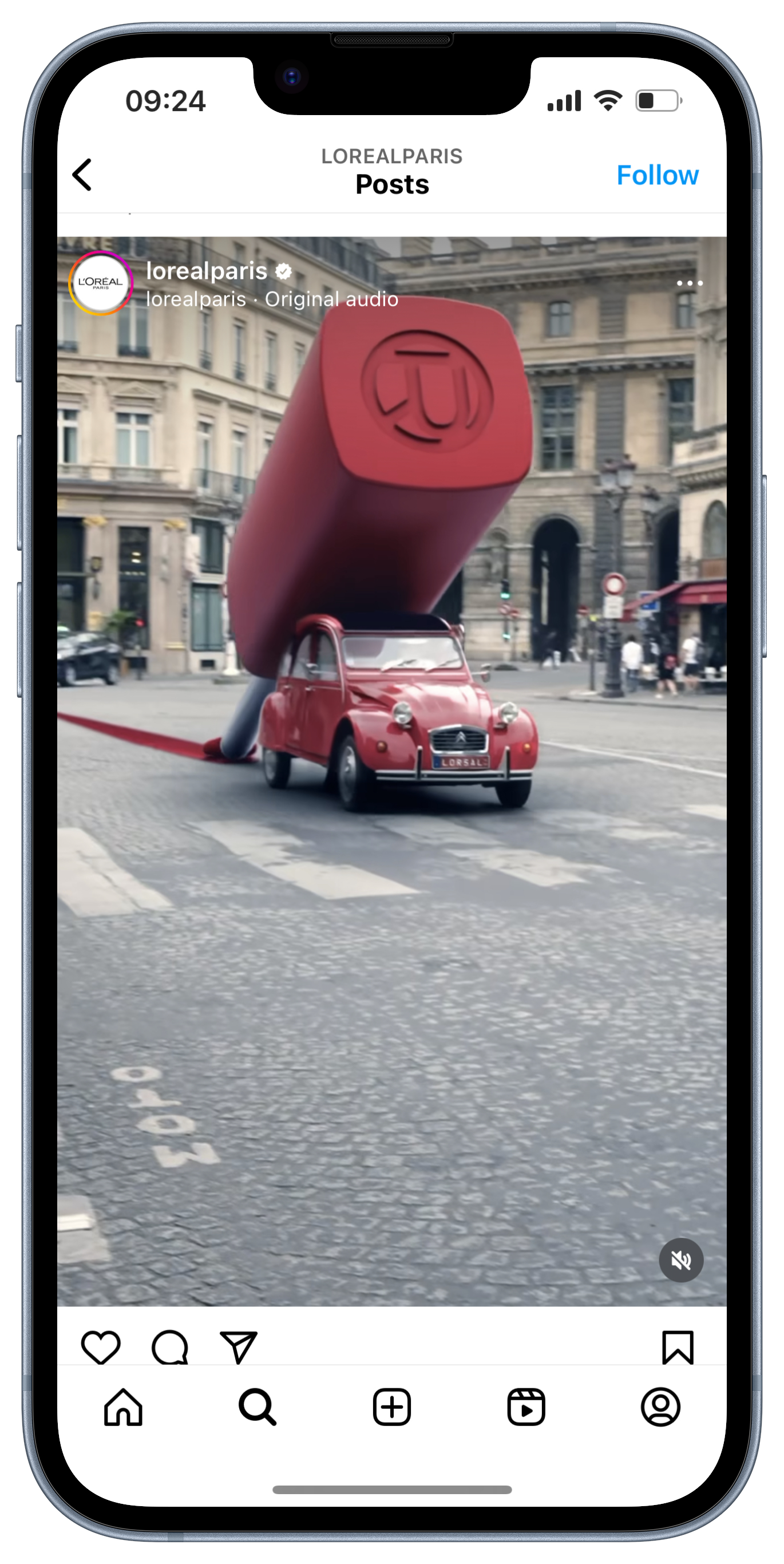The Evolution of Street Marketing: Embracing the Era of 'Fake Street Marketing'
In the dynamic world of marketing, innovative strategies are constantly emerging to capture the attention of an ever-evolving audience. One such trend making waves is 'fake street marketing,' a novel approach that has piqued the interest of both brands and consumers. This innovative method allows brands to conduct marketing campaigns without the logistical challenges associated with traditional approaches, instead leveraging the power of digital platforms to create engaging and shareable experiences.
Fake street marketing represents a shift from conventional marketing campaigns that often entail substantial costs, permissions, and physical resources. With the rise of social media and the ability to create engaging content that resonates with online audiences, brands are now exploring new horizons. This trend has gained momentum over the past few months, with various campaigns showcasing its potential to gauge audience reactions and preferences without actually executing a full-fledged marketing stunt.
At its core, fake street marketing is a proof of concept, allowing brands to test the waters and assess the reception of their ideas before committing to a full-scale implementation. By simulating the experience or interaction that a real campaign would offer, brands can garner valuable insights into consumer behavior and preferences. This data-driven approach empowers marketers to fine-tune their strategies for maximum impact.
One of the significant advantages of fake street marketing is the ability to experiment and iterate swiftly. With digital tools and augmented reality, brands can create captivating experiences that resonate with their target audience. Virtual try-ons, interactive games, and immersive storytelling are just a few examples of how brands are leveraging technology to engage and captivate consumers.
In the early stages, these campaigns were essentially experiments, attempting to validate the potential of this novel approach. However, as time progressed, these campaigns have proven their mettle and gained widespread admiration from both audiences and brands alike. The level of engagement and the reach achieved through these campaigns have surpassed initial expectations, solidifying fake street marketing as a legitimate and effective marketing strategy.
One standout campaign that left a lasting impression was orchestrated by a prominent sneaker brand. This campaign utilized augmented reality to create a virtual sneaker try-on experience in busy city centers. Passersby could interact with the augmented reality through their smartphones, virtually "trying on" the sneakers and sharing their experiences online. The campaign was a brilliant fusion of technology and creativity, blurring the boundaries between the digital and physical worlds.
As fake street marketing continues to evolve and gain traction, it's clear that this trend is here to stay. Brands are embracing the power of digital platforms to create engaging, shareable, and memorable experiences for their audiences. The ability to innovate quickly, experiment with concepts, and understand consumer preferences before fully committing resources is a game-changer in the marketing landscape.
In conclusion, fake street marketing is more than just a trend; it's a transformative approach that aligns with the changing dynamics of the marketing landscape. With its ability to captivate audiences, drive engagement, and offer valuable insights, fake street marketing is shaping the future of brand interactions in the digital age. As technology continues to advance, we can expect even more exciting and innovative campaigns, blurring the lines between what's real and what's virtual in the realm of marketing.





